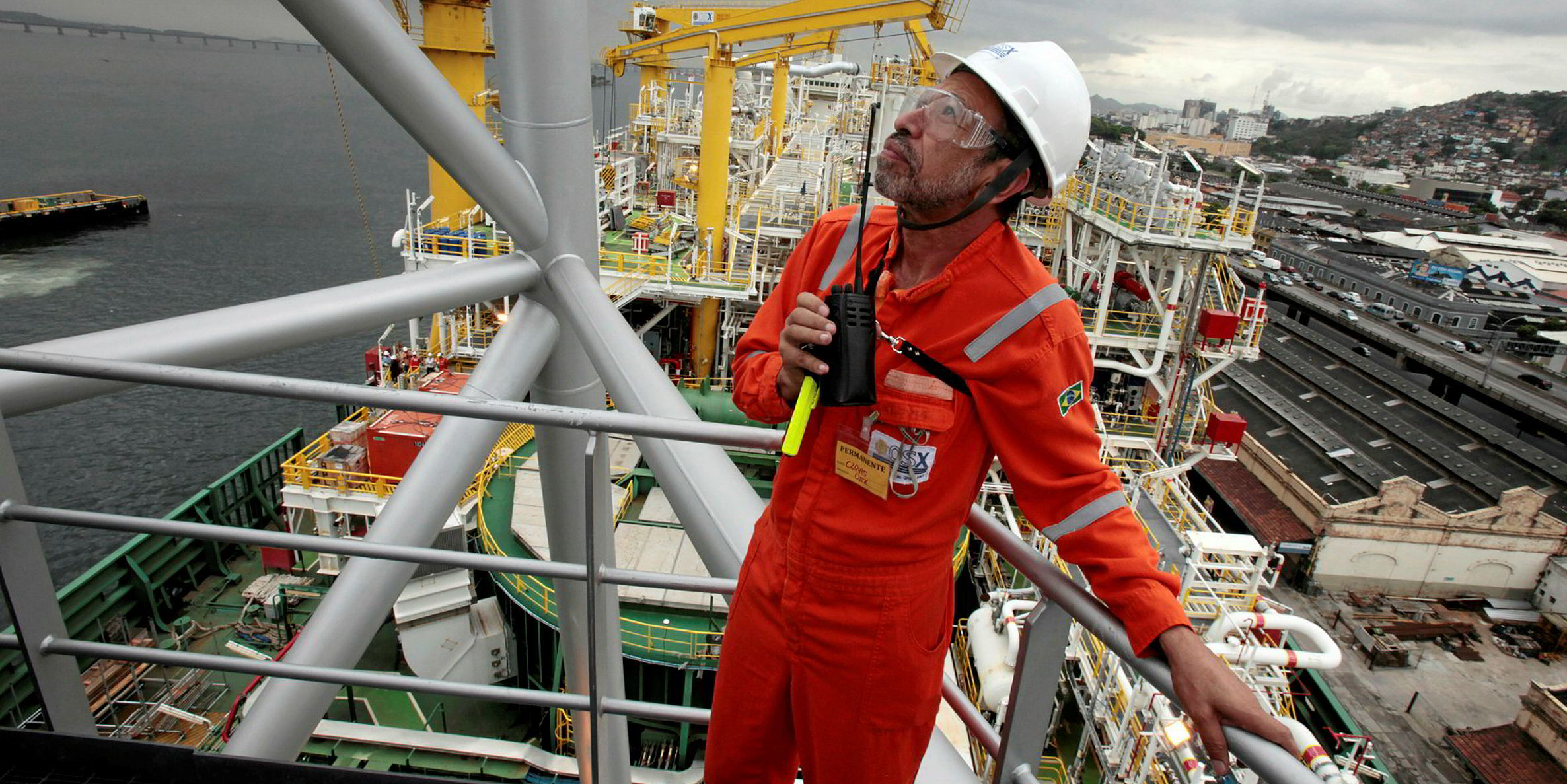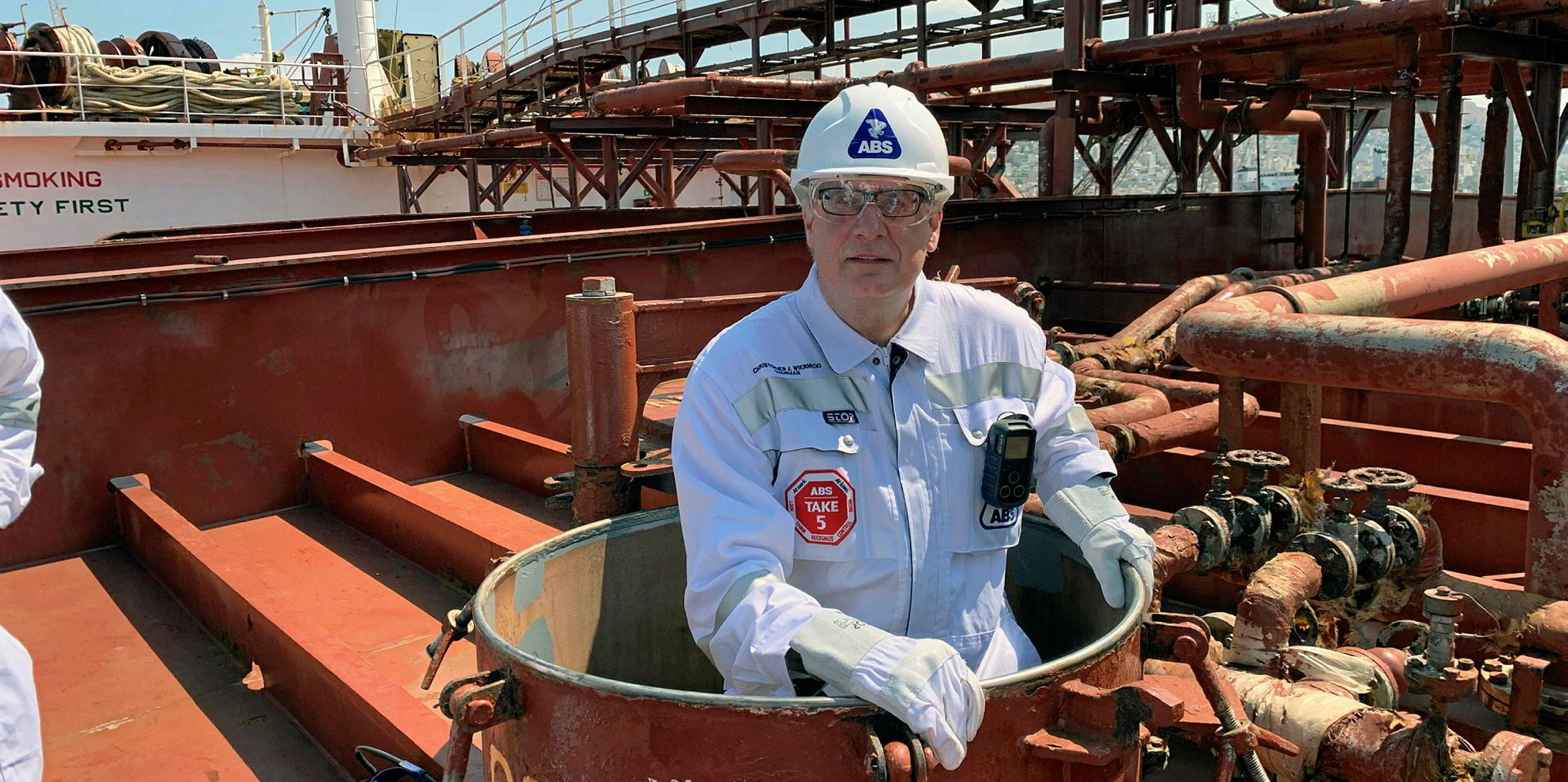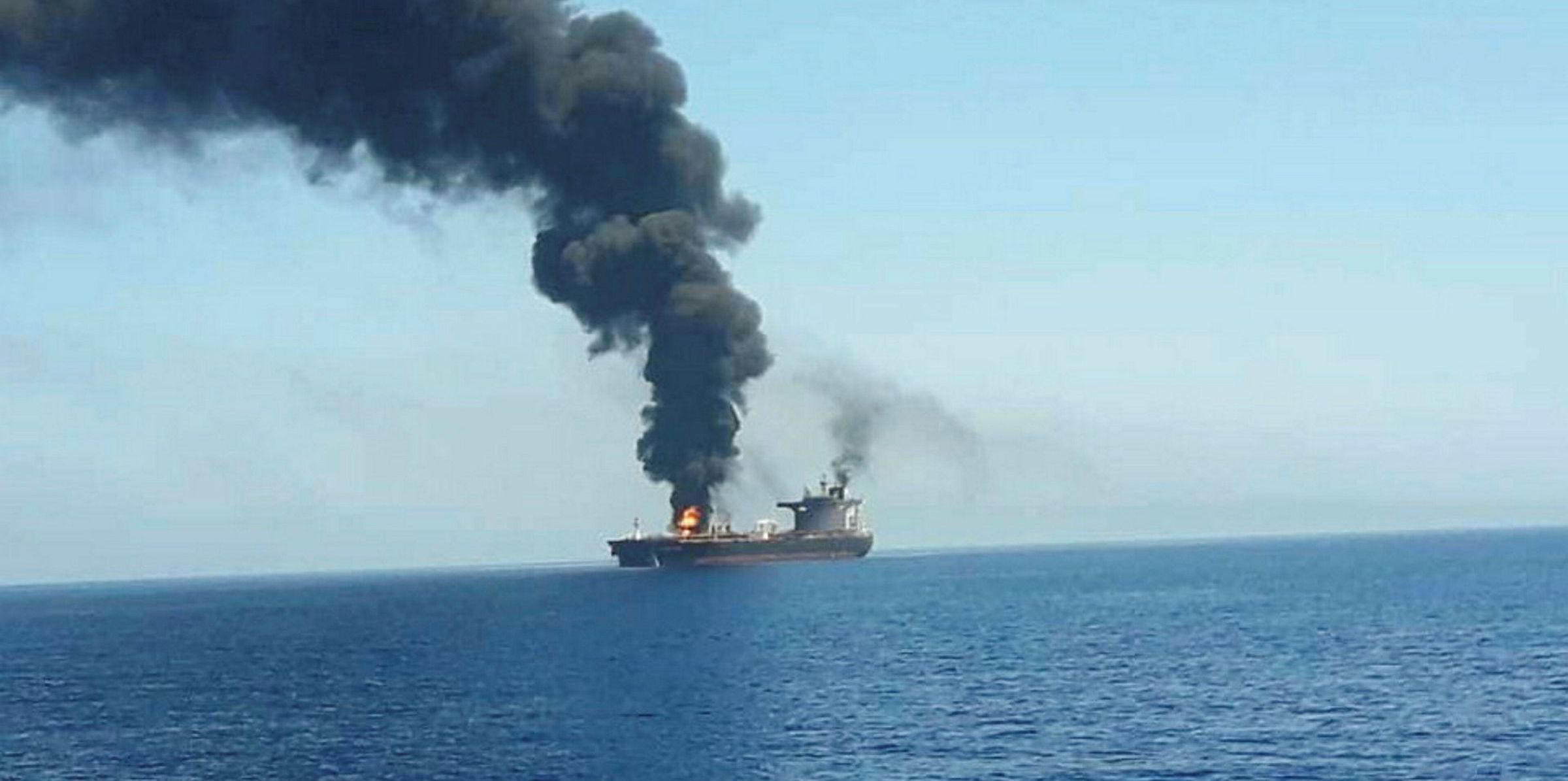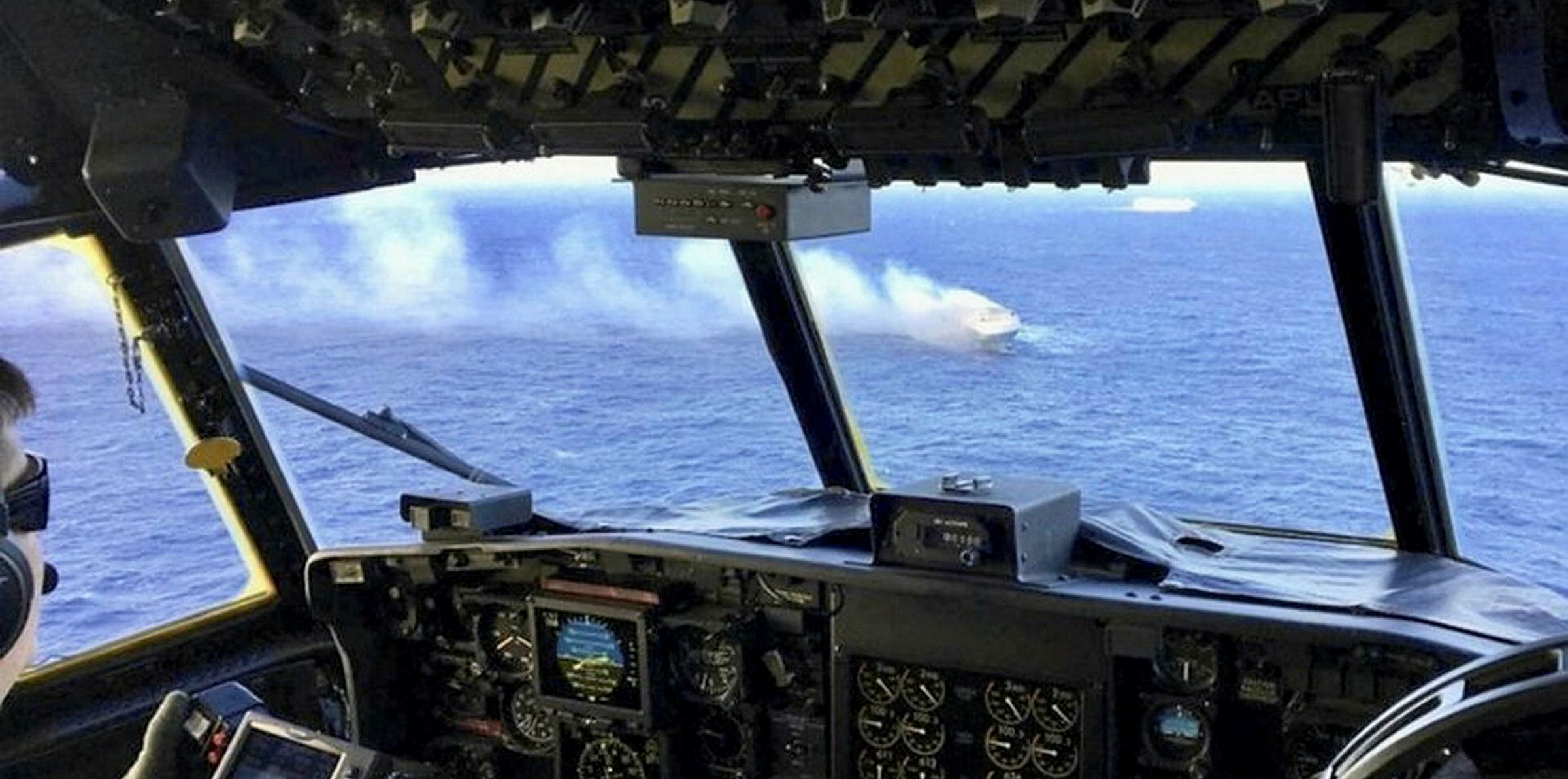It’s often said that a safety culture is built from the ground up, but a truly world-class safety culture must start at the top. If you define culture as the collective values, beliefs, attitudes and norms that shape individual behaviours in an organisation, establishing this culture must begin with senior management.
Leaders have to commit to continuously improving safety, fostering the success of a safety programme and empowering everyone within the organisation to be part of a solution. Only then can a culture of safety flourish. Nothing will kill that culture quicker than leaders who undermine policies with their behaviour and fail to be role models. Everyone must walk the talk.
Fresh data from Allianz highlights that, while ship losses have fallen to their lowest level this century, overall incidents onboard have plateaued. Now is the time for world-class safety leaders to step up and drive the industry’s performance forward.
Exemplary leadership
To lead safety well, you must make it personal. Your people are smart — that’s why you hired them — so they will know if you are going through the motions. If they don’t think you genuinely care about safety, why should they?
Great leaders relentlessly drive a safety message in all they do. For these leaders, safety is not secondary. It is a deep value — the first thing they talk about and the issue that influences all decisions.
Leaders who take the time to walk in their employees’ shoes, making plain their personal commitment to the cause, will be best placed to drive the safety performance of their organisation.
Management systems, such as ISM — the International Safety Management Code — cannot operate effectively without exemplary leadership, and as a direct result, cultures cannot perform.

Today, our safety world is focused on the systems we can see and touch, such as the structure and the equipment. Tomorrow, we will be focused on the systems we cannot see — the software and data.
ISM will be a safety leader in this emerging digital world. Its systems-thinking framework was built specifically for this. It is not just a compliance requirement but a framework that has the muscle to address two important trends.
First, that technology will become an even greater safety enabler and drive risk protection standards higher. Second, that safety will become more synonymous with cyber and digital security, and improved reliability.
Safety success in a “Shipping 4.0” and low-carbon world is a team sport. Regulators must recognise this and drive collaborative behaviour along with shared best practices focused on shaping a global environment that prioritises everyone going home safely each day.
We intuitively know what bad safety leaders do, but the characteristics of good leaders are less clear-cut. While many behaviours contribute to a safe workplace, world-class safety leaders are defined by certain actions:
Your people will know if you are going through the motions. If they don’t think you genuinely care about safety, why should they?
- They lay out a vision and make it crystal clear. Even the most advanced management and incident tracking systems are of little value if employees do not understand their role in using these tools to make the workplace safer.
- They lead from the front, demonstrating their personal commitment to safety and adhering to the company programme in their words and actions.
- They embrace change. Change is a constant these days and safety has to keep pace with the challenges and opportunities offered by new technologies and working practices. Strong leaders drive change in their organisations and get ahead of the game.
- They demonstrate a deep understanding of the activities their organisations are engaged in and take the time to understand the challenges their people face every day.
To achieve lasting change, organisations must create an environment in which safety is more than just a box to be ticked, it is an attitude that makes up the foundation of the company and is upheld by everyone from the chief executive down.
Reaching a mature safety culture involves a fundamental shift in thinking and behaviour and organisation-wide commitment. It takes time to create and time to foster, but it is an investment well worth making because of the positive impact it can have on the health of a business and its workforce.
Irrespective of the actions of management, any organisation will have a safety culture by default. The question that should preoccupy all leaders is whether it is as effective as it could be.
Christopher Wiernicki is chairman, president and chief executive of classification society ABS






